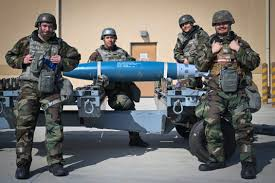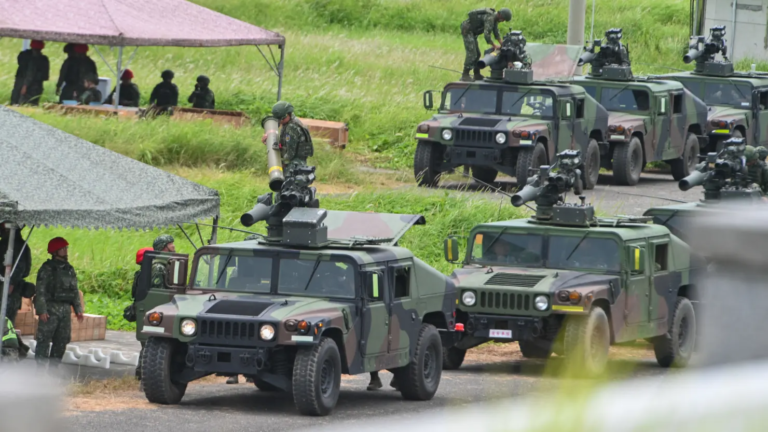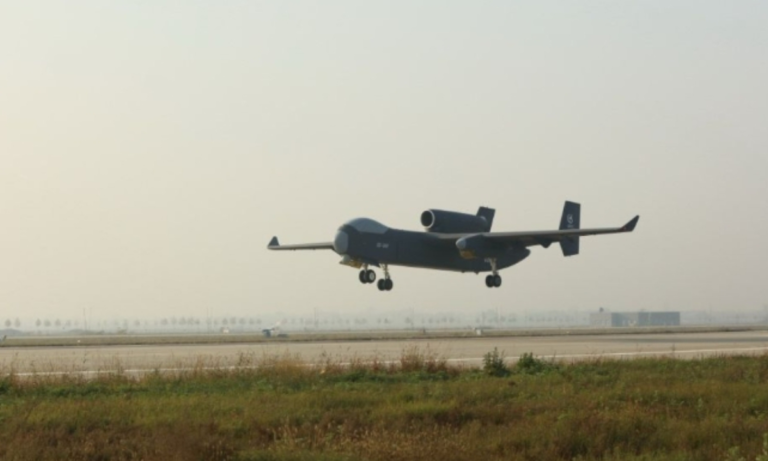
reedom Shield 25 marks a significant milestone in strengthening the alliance between the Republic of Korea (ROK) and the United States. This joint exercise focuses on enhancing combat airpower capabilities and operational readiness through coordinated training scenarios. By uniting advanced technologies, tactical expertise, and mutual trust, Freedom Shield 25 underscores the commitment of both nations to regional security and stability. The exercise integrates various air assets, fostering seamless cooperation and reinforcing the strategic partnership that continues to serve as a cornerstone for peace in the Indo-Pacific region.
Freedom Shield 25 Unites ROK-U.S. Combat Airpower in Large-Scale Training
The Freedom Shield 25 (FS25) exercise is a major combined military drill between the Republic of Korea (ROK) and the United States, focusing on enhancing interoperability and readiness against potential threats. This year’s iteration includes extensive air combat training, integrating advanced fighter jets, aerial refueling, and strategic bombing drills.
Key Aspects of ROK-U.S. Airpower Training in FS25:
- Joint Air Operations – U.S. and ROK air forces conduct realistic combat scenarios, including air superiority missions, strike coordination, and electronic warfare exercises.
- Advanced Aircraft Participation – U.S. F-35s, F-16s, and ROK F-35As and KF-16s train together, along with support from aerial refuelers (KC-135) and surveillance assets.
- Allied Coordination – The drills emphasize real-time data sharing, integrated command structures, and multi-domain operations (air, land, sea, cyber).
- Deterrence Messaging – The exercises demonstrate the strong ROK-U.S. alliance and their combined ability to respond to regional threats.
Purpose & Significance:
- Strengthens deterrence against North Korean aggression.
- Enhances joint operational tactics in high-threat environments.
- Reinforces extended deterrence commitments under the U.S. nuclear umbrella.
FS25 is part of a broader shift toward larger, more complex exercises, replacing older scaled-back drills, and reflects a robust response to evolving security challenges in the Indo-Pacific.





